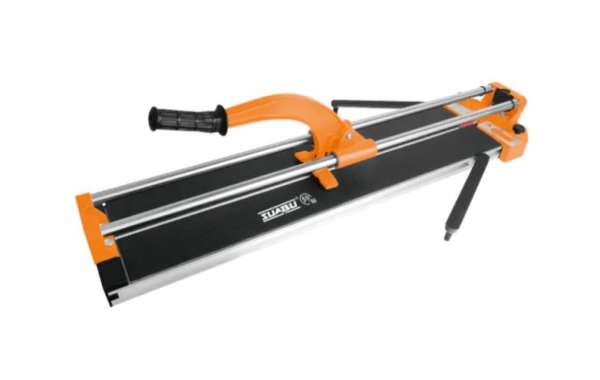Ceramic cutting tools are gaining increasing attention across various manufacturing industries due to their distinct material characteristics. Unlike conventional carbide or steel tools, ceramic tools are fabricated from compounds that provide high hardness and minimal thermal expansion. These qualities are particularly beneficial in achieving precise cuts at elevated speeds.
One notable advantage of ceramic cutting tools is their resistance to oxidation and chemical wear. This makes them suitable for machining metals that would otherwise degrade traditional tools quickly. When working with materials like superalloys or hardened components, ceramic options offer consistency over longer durations.
Tool engineers often select ceramics when surface finish and dimensional accuracy are prioritized. Their ability to retain cutting edges during continuous machining allows them to maintain tolerances in challenging environments. However, to make full use of their capabilities, it is essential to operate them under stable mechanical and thermal conditions.
There are multiple variations of ceramic tools depending on their intended use. Mixed ceramics, which combine alumina with zirconia, provide improved toughness, while whisker-reinforced ceramics offer better impact resistance. Each formulation is designed to perform efficiently under specific loads and feed rates.
Machining centers benefit from ceramic cutting tools due to their compatibility with high-speed machining strategies. These tools can significantly reduce cycle times, particularly in operations where traditional tools would require frequent replacements. Additionally, their ability to function without coolants makes them an appealing choice for sustainable manufacturing setups.
While there are limitations—such as brittleness and sensitivity to vibration—careful setup and programming can mitigate these concerns. As process engineers gain more experience with ceramics, integration into production lines has become more straightforward and reliable.
Overall, ceramic cutting tools support a shift toward faster and more controlled machining. With ongoing advancements in material science and tool design, they are likely to remain a key element in high-performance metal cutting operations for years to come.







